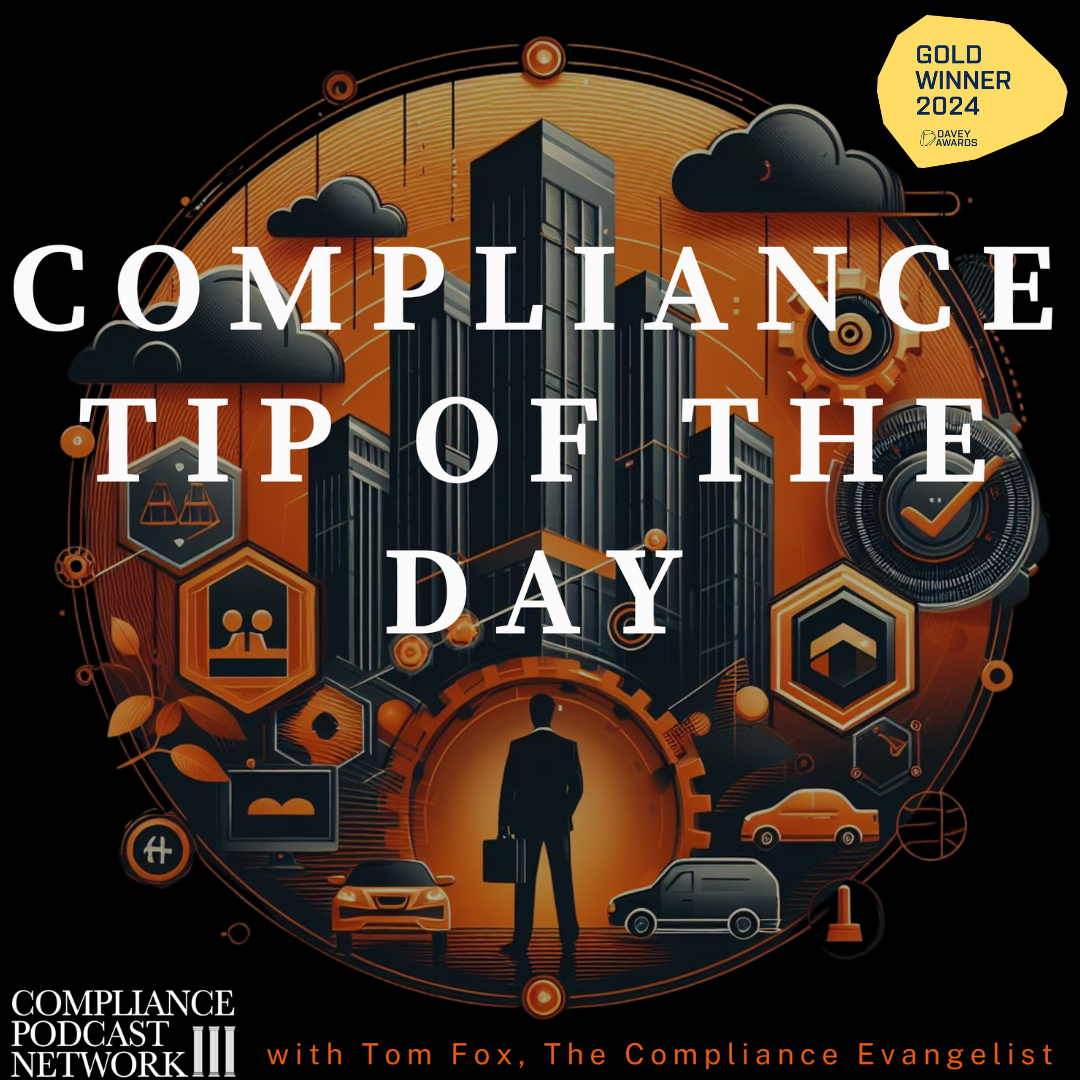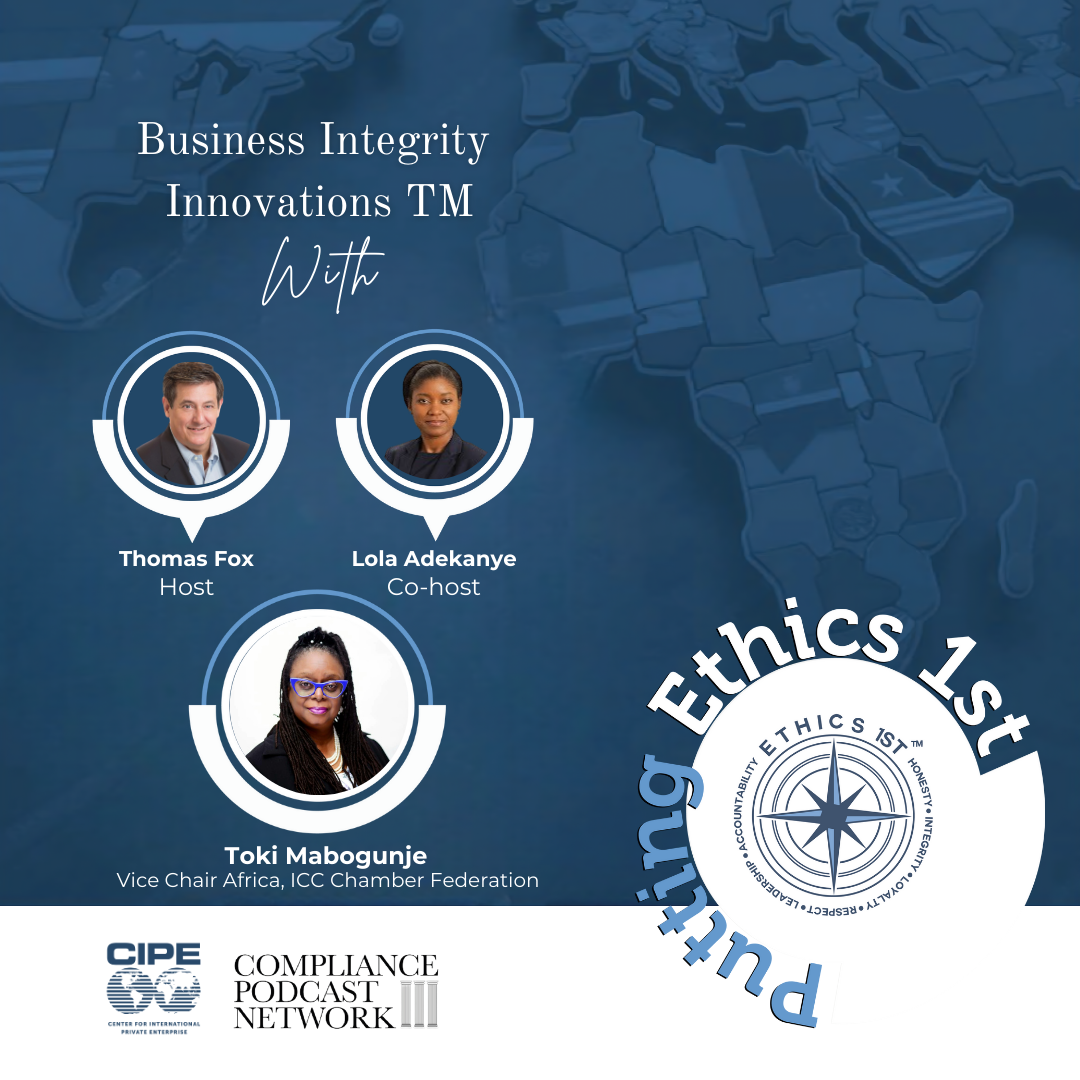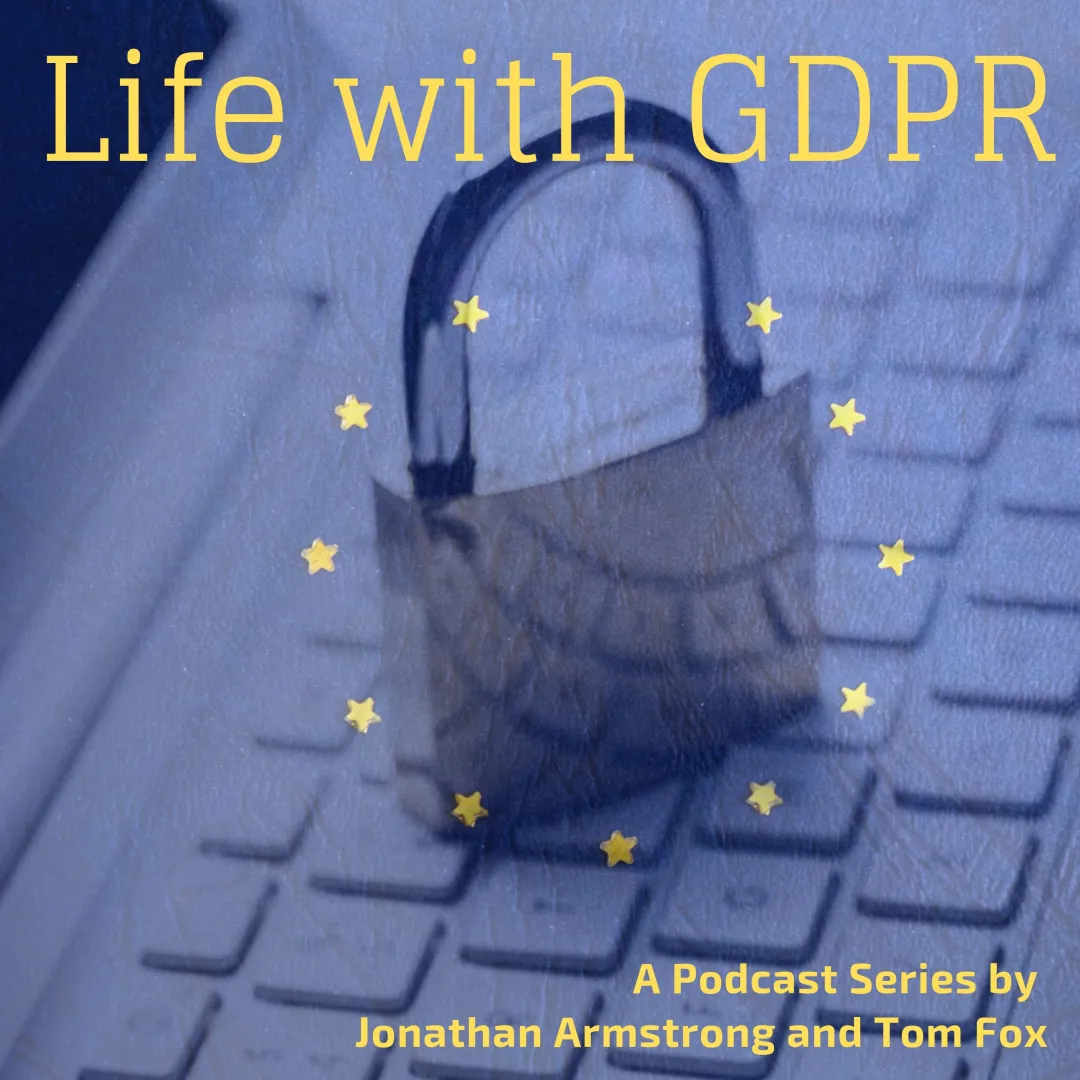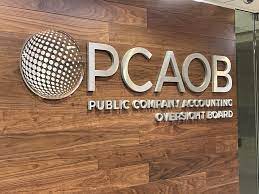Regarding compliance, one area that requires heightened attention is the role of auditors in detecting, evaluating, and communicating illegal acts. Recently, the PCAOB issued a document entitled SPOTLIGHT Auditor Responsibilities for Detecting, Evaluating, and Making Communications About Illegal Acts. It outlines public auditors’ responsibilities when assessing a company’s compliance with laws and regulations. These responsibilities have far-reaching implications for corporate compliance professionals, as they directly influence how auditors evaluate and report on potential illegal acts that can impact financial statements and overall corporate integrity.
Over the next couple of blog posts, I will review this SPOTLIGHT. In today’s blog post, we will unpack the auditor’s responsibilities for a compliance program, including the steps for identifying illegal acts, the evaluation process, and the requirements for reporting findings to management, audit committees, and possibly the SEC. Tomorrow, I will set out 10 key takeaways for the compliance professional regarding their role in interacting with auditors for compliance regimes.
Detecting Illegal Acts: A Critical Component of the Audit Process
Auditors must design and execute procedures that ensure reasonable assurance of detecting illegal acts that could materially affect a company’s financial statements. This duty is rooted in federal securities laws, specifically Section 10A of the Securities Exchange Act of 1934, which mandates that auditors remain vigilant to possible violations of laws and regulations during audits.
Detecting illegal acts is more than due diligence—it’s essential to safeguarding shareholder interests and preserving the integrity of financial markets. This underscores the importance of robust systems that actively monitor and report on regulatory adherence across business operations for compliance officers.
Auditors rely on multiple techniques and resources to identify potential illegal acts, such as:
- Inquiries-They often begin by questioning management, the audit committee, and internal or external legal counsel.
- Document Review-Auditors frequently review board minutes, regulatory correspondence, SEC filings, legal counsel letters, and other corporate documents that could reveal legal non-compliance.
- Risk Assessments-Auditors must understand the company’s industry, regulatory environment, and external factors that could signal legal risks. This assessment helps them target high-risk areas where violations are more likely.
Auditors also investigate complaints and tips, including those from internal whistleblower programs. They may examine unusual transactions or related-party dealings that could indicate red flags. For compliance professionals, it’s crucial to maintain open channels for employees to report concerns without fear of retaliation and promptly address any issues flagged by auditors or internal investigations.
Evaluating Potential Illegal Acts: Procedures and Standards
Once an auditor becomes aware of a possible illegal act, they must determine whether it could materially impact the company’s financial statements. This evaluation requires auditors to understand the incident’s nature and context, often involving management and sometimes higher-level personnel who can provide insight into the situation.
The PCAOB standards and Section 10A mandate that auditors not only detect but also evaluate the likelihood that an illegal act has occurred. Here’s how they proceed:
- Gathering Evidence. Auditors may examine relevant documents—such as invoices, contracts, and payment records—to verify the facts surrounding the incident. They might also consult the auditing firm’s legal counsel or senior personnel for additional perspectives.
- Materiality Assessment. Materiality is a cornerstone of evaluating illegal acts. Auditors assess whether the potential violation is significant enough to warrant disclosure, focusing on quantitative and qualitative factors. For example, a small illegal payment may be deemed material if it could result in contingent liabilities or raise ethical concerns that affect the company’s reputation.
- Assessing Impact on Financial Statements. Auditors must evaluate how the illegal act impacts financial statement amounts, including the need for possible contingent liabilities, fines, or penalties. If senior management is implicated, this raises additional questions about the reliability of other information provided by the company.
This underscores the importance for compliance teams to maintain clear documentation and open communication channels with auditors. Keeping a well-documented trail of internal investigations, responses to auditor inquiries, and corrective actions can help ensure that potential illegal acts are evaluated accurately and comprehensively.
Communicating Illegal Acts: Auditor Obligations for Disclosure
Auditors have specific obligations to communicate illegal acts that come to their attention. The PCAOB and Section 10A set out requirements for notifying management, the audit committee, and, in some cases, the SEC. Here is what companies need to know:
- Communication with Management and the Audit Committee. If an auditor identifies an illegal act, they must inform the appropriate management level and ensure that the audit committee is aware. This notification must occur as soon as possible before issuing the auditor’s report. The goal is to allow management and the audit committee to take corrective action and disclose any potential impacts to shareholders.
- Reporting to the Board and the SEC. If the illegal act is deemed material and management fails to take timely and appropriate action, the auditor has a duty to report to the company’s board of directors. Under Section 10A, the auditor must notify the SEC if the board fails to remedy the situation within a specified timeframe. This step underscores the importance of accountability in corporate governance and compliance, as it introduces potential regulatory consequences for inaction.
- Impact on Auditor Opinion. The auditor may issue a qualified or adverse opinion if the illegal act materially affects the financial statements and is not adequately disclosed or corrected. In cases where the auditor cannot obtain sufficient evidence to assess the impact of the illegal act, they may even disclaim an opinion. In extreme cases, the auditor may consider resigning from the engagement if the company does not take appropriate remedial actions.
This means that prompt and transparent responses to potential illegal acts are crucial for companies. Failing to address issues raised by auditors can lead to negative audit opinions, regulatory investigations, and significant reputational damage.
Strengthening Compliance Programs to Address Auditor Requirements
The PCAOB’s recent guidance emphasizes robust compliance programs’ role in facilitating audits and managing risks related to illegal acts. Compliance professionals should take the following steps to align their programs with PCAOB and SEC expectations:
- Develop Clear Policies and Reporting Mechanisms. Ensure that your compliance policies explicitly address legal requirements relevant to your industry and geographic region. Implement reporting mechanisms that allow employees to raise concerns anonymously, fostering a culture of transparency and accountability.
- Conduct Regular Risk Assessments. Just as auditors assess risk during their engagements, compliance teams should regularly evaluate areas prone to legal violations. High-risk areas like financial transactions, related-party dealings, and regulatory filings should be monitored closely.
- Provide Comprehensive Training. Equip employees with the knowledge to identify and report illegal acts. Include training on whistleblower protections and internal reporting mechanisms, ensuring all employees understand their role in upholding legal and ethical standards.
- Enhance Documentation and Transparency. Documenting compliance efforts is crucial, especially for areas that could attract auditor scrutiny. Keep detailed records of internal investigations, management’s responses to auditor inquiries, and any corrective actions to address potential violations.
- Establish a Strong Tone at the Top. Finally, fostering a culture of compliance begins with leadership. Management should demonstrate a clear commitment to legal and ethical standards, providing resources and support to compliance teams. When leadership prioritizes compliance, employees are more likely to report concerns, which can ultimately prevent illegal acts from going undetected.
The Path Forward
The PCAOB’s SPOTLIGHT is a valuable checkpoint for companies to evaluate their internal controls and compliance programs. Auditors play a vital role in identifying illegal acts, but the responsibility for maintaining legal compliance ultimately rests with the company. Companies can navigate this complex landscape and mitigate the risk of material misstatements or regulatory penalties by implementing a strong compliance program, fostering transparency, and responding promptly to auditor inquiries.
The bottom line? Even under the incoming second Trump Administration, a proactive approach to compliance is not simply best practice; it is an essential core of doing business ethically and in compliance. Compliance professionals should work closely with auditors, ensuring the company is prepared to detect, evaluate, and address any potential legal issues that could impact financial reporting. The goal is a collaborative effort where compliance and audit functions work together to uphold the integrity of the financial statements and the trust of stakeholders.
Join us tomorrow, where we will consider the 10 key takeaways for compliance professionals from SPOTLIGHT.










